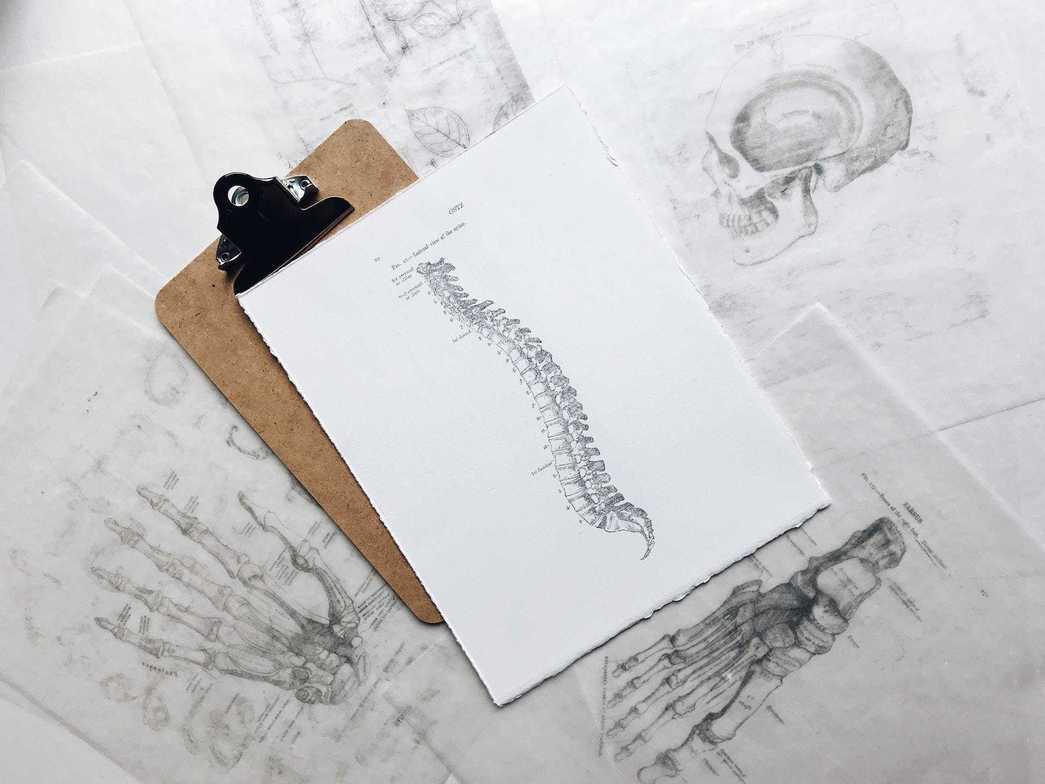
The thoracic spine and rib cage is a very interesting part of the body. First off, you don’t hear much of anything on the importance of it. If you were to go through any social media platform you could find endless posts about low back, hip, shoulders and neck stuff, but not so much about the thoracic spine and ribcage. The reason this is interesting is because the thoracic spine and ribcage play a very important role on the shoulders, low back, hips and the cervical spine. Our thoracic spine and rib cage sits on top of our low back and our cervical spine sits on top of our thoracic spine. So our thoracic spine is going to directly affect those 2 areas. If our thoracic spine is flexed forward that will shift our center of mass forward which puts more stress on our low back to hold it upright. In that same position our cervical spine is going to have to extend backwards in order to keep our eyes level which puts more stress on our cervical spine and supporting tissues. Our shoulder blades have to move around our ribcage to allow for shoulder range of motion. So if our thoracic spine is flexed or extended, that is going to impact how well our shoulder can upwardly rotate to allow for overhead motion, or it may affect retraction which will influence posture. Our thoracic spine is also going to have an influence on our sacrum and pelvis. The position of the thoracic spine and ribcage is usually mirrored by the sacrum and pelvis. So if our thoracic spine is flexed our sacrum usually is as well. That is going to have an impact on our hip position and hip mechanics as well.
So as you can see the thoracic spine and rib cage is pretty important when looking at the biomechanics as it relates to other more popular areas. There is another really important point to bring up in regards to our thoracic spine and rib cage. This area of our skeleton houses and protects our lungs. Now our lungs are obviously incredibly important as without oxygen we do not survive very long. So the position and mobility of our ribcage is also going to affect how our lungs can expand and retract as well. If the ribs and thoracic spine can’t elevate and extend because we are hunched forward then our lungs won’t be able to get as much oxygen in per breath and will have to increase the breathing rate to meet that oxygen demand. Now while this might not sound like a big deal, higher breathing rates is a sympathetic nervous system response, or the fight or flight response. This means you are more likely to be on edge, have anxiety, be more stressed and have difficulty relaxing all because your thoracic spine and rib cage doesn’t move like it should.
So while the thoracic spine and rib cage may not get a lot of attention, it is nevertheless very crucial to helping alleviate aches and pains in more common problem areas, as well as having an influence on the state of your nervous system. So start working on that thoracic spine and rib cage mobility!



